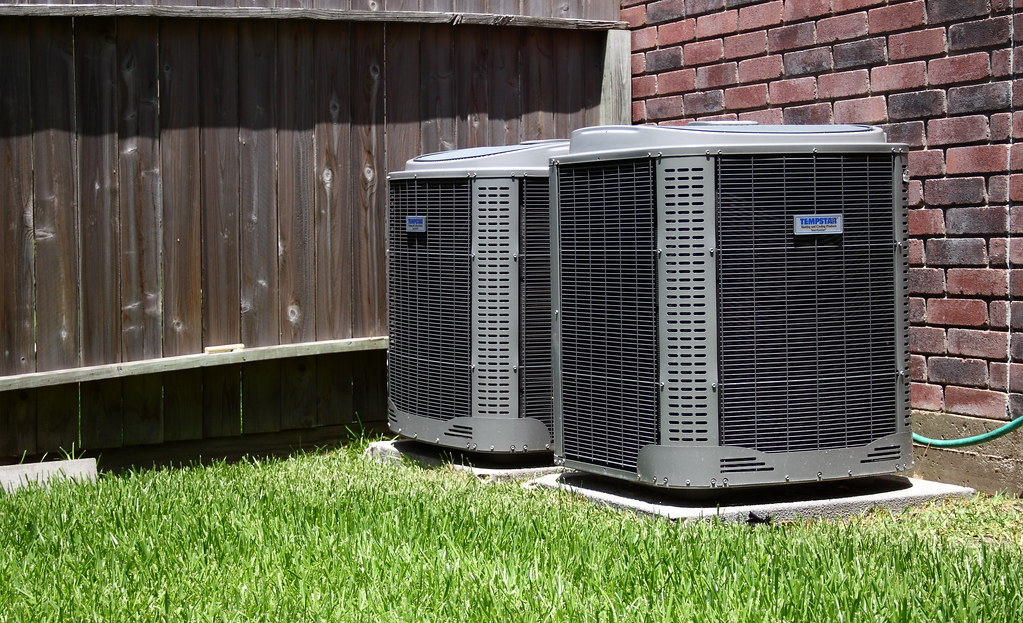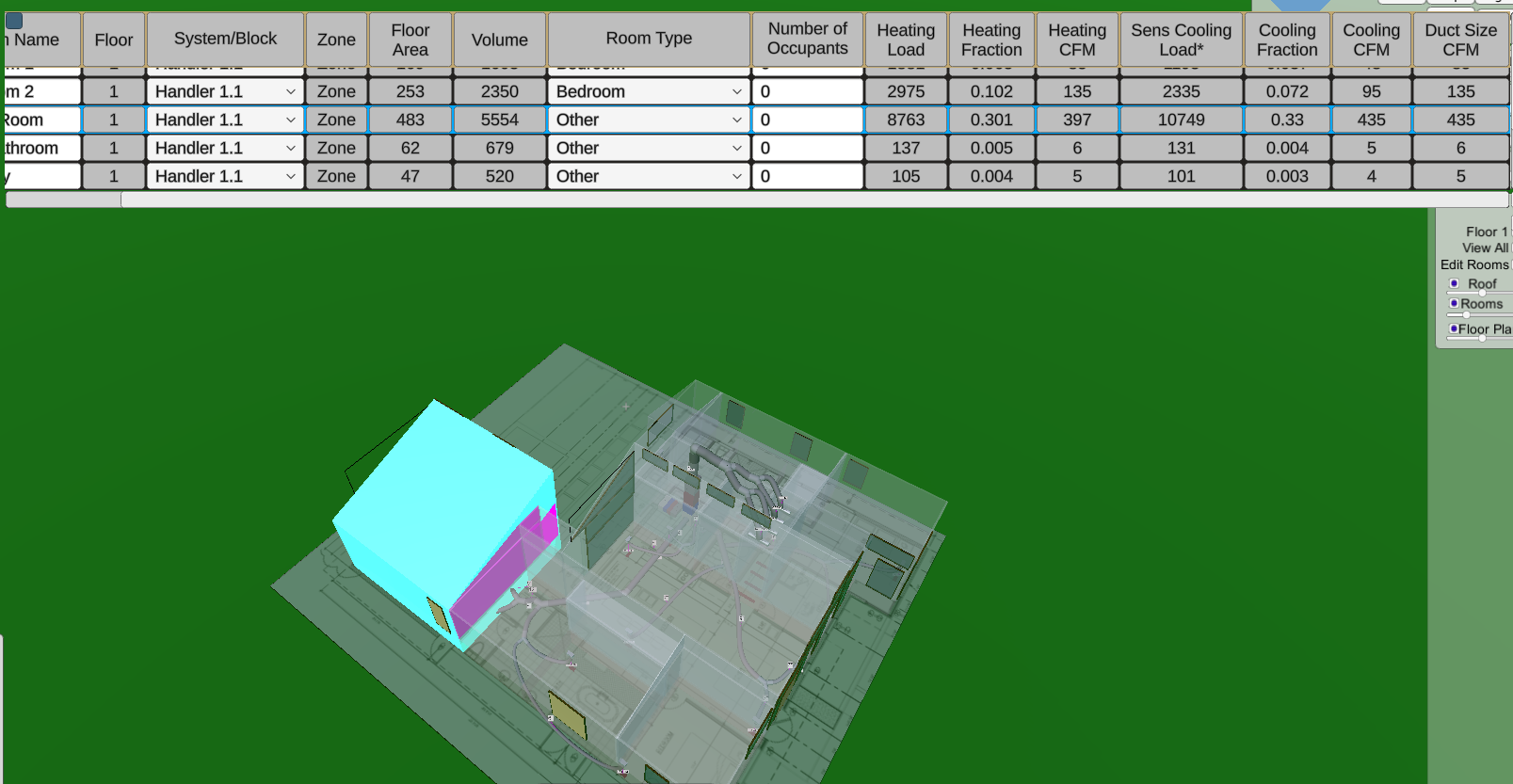Get Tech Tips
Subscribe to free tech tips.
Zeroth Law of Thermodynamics

Zeroth? ZEROTH? is that even a word?
Apparently so, because… SCIENCE.
The zeroth law of thermodynamics establishes the relationship between multiple objects and a common state of balance between them. It is sometimes called the law of thermal equilibrium.
Heat always tries to find a state of balance. “Hotter” is a relative term, but an object with higher molecular energy will have more heat than an object with lower molecular energy. When they are in contact, the heat from the item with higher energy will transfer to the lower-energy one until the energy content is equal. Once the energy content is equal, no more heat transfer will occur.
In short, the law states that if object A is in contact with object B and reaches equilibrium, and object B touches and reaches equilibrium with object C, then object A must be in equilibrium with object C.
This law was formulated after the other three laws of thermodynamics. However, it’s called the zeroth law instead of the fourth law because it describes the fundamental heat behavior that influences all the other laws.
The law’s mathematical basis
Rather than requiring a unique formula, the zeroth law of thermodynamics is a mere transitive relation. We see these in algebra and logic, and the zeroth law’s transitive relation looks like this:
If A = B and B = C, then A = C
For example, let’s say you dip two hot steel rods into a single container of cold water, but they don’t touch each other. As time goes on, each steel rod will lose some heat to the water, which approaches a balanced temperature. In time, each rod will be at equilibrium with the water. If they are both at equilibrium with the water, the rods must be at equilibrium with each other because the equilibrium conditions are the same.
When do we see the zeroth law of thermodynamics in HVAC/R?
In HVAC/R, we don’t necessarily see three objects at equilibrium with each other. However, we see evidence that objects with higher molecular energy transfer heat to ones with lower molecular energy.
The condenser coil of an A/C system is an example of that. The outdoors will have a higher overall molecular energy because so many more molecules are contained in a larger space than the condenser coil. However, the molecules move so quickly (higher temperature) in the condenser coil that they transfer heat from the refrigerant in the coil to the air outdoors, which has a lower average molecular velocity. That’s why HVAC systems reject heat to the outdoors.

“IMG_8910 – Technology” by ArturoYee is licensed under CC BY 2.0
Indoor coils of heat pumps work the same way. The outdoor coil allows the refrigerant to absorb outdoor heat, and the molecular energy increases quite heavily during compression. The gaseous refrigerant gets a lot hotter as a result. When that refrigerant reaches the cold home’s indoor coil, it transfers its heat to the frigid building interior.
In all, the zeroth law of thermodynamics establishes how heat attempts to reach equilibrium between multiple objects. It sets the tone for heat and energy behavior in the other laws of thermodynamics.
References
https://www.grc.nasa.gov/www/k-12/airplane/thermo0.html
https://teaching.smp.uq.edu.au/fiveminutephysics/phys1171/L18_ThermoLaws.html










Comments
To leave a comment, you need to log in.
Log In